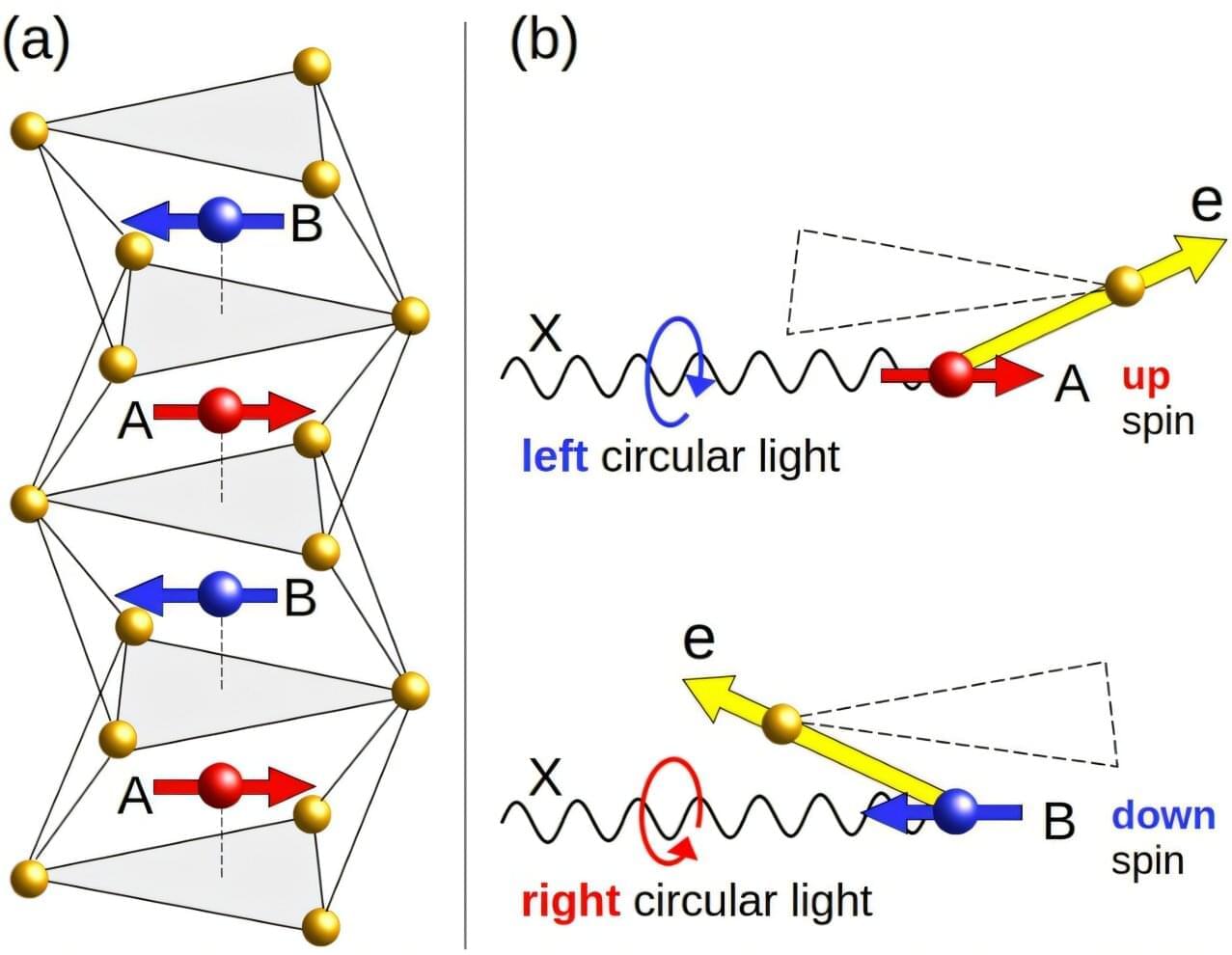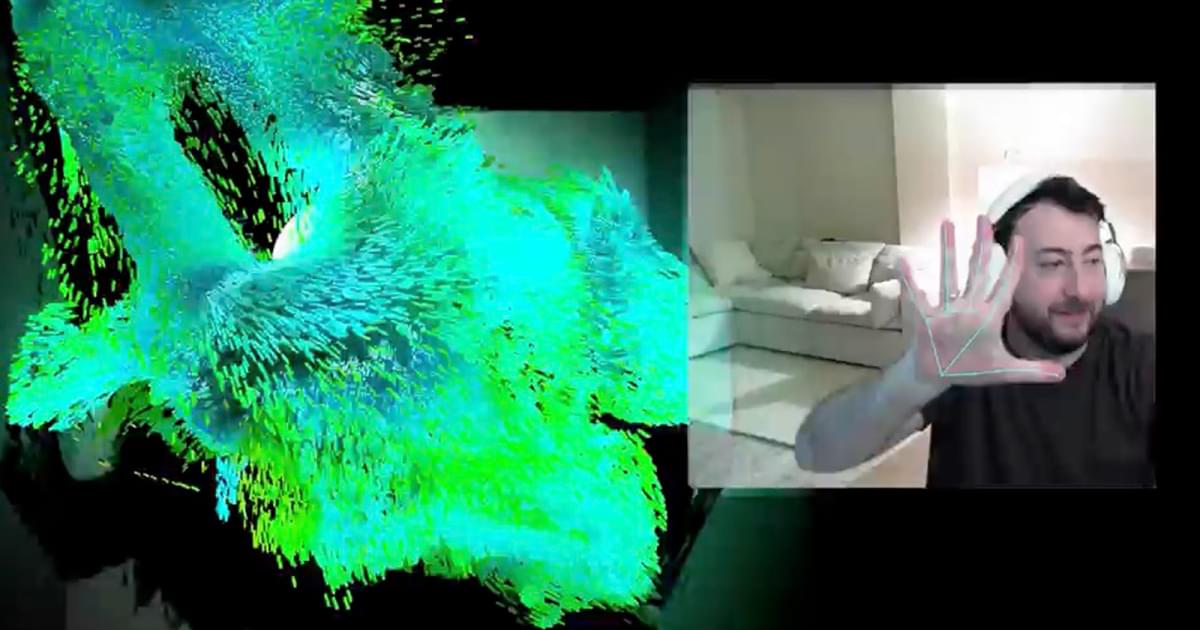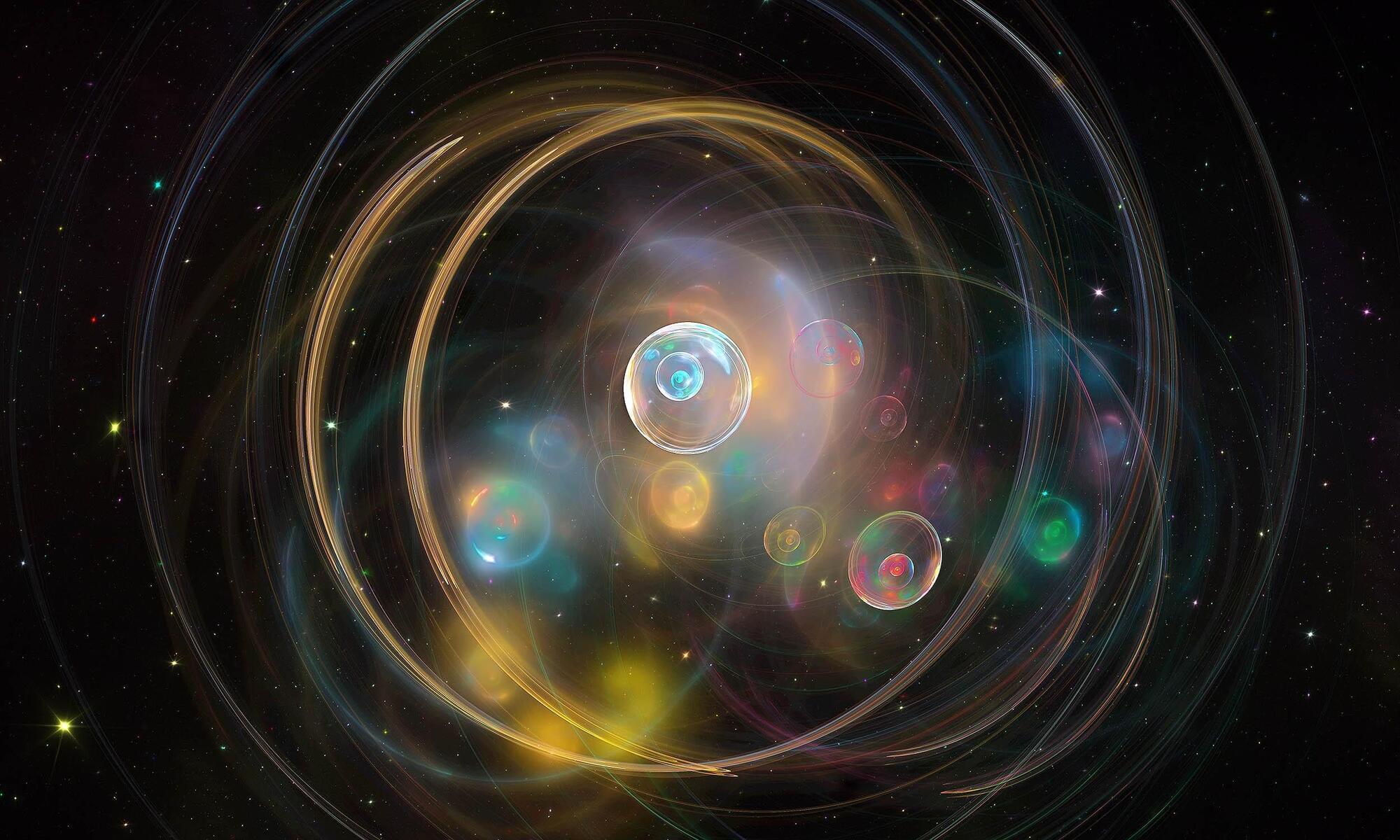Altermagnets are a newly recognized class of antiferromagnets whose magnetic structure behaves very differently from what is found in conventional systems. In conventional antiferromagnets, the sublattices are linked by simple inversion or translation, resulting in spin-degenerate electronic bands. In altermagnets, however, they are connected by unconventional symmetries such as rotations or screw axes. This shift in symmetry breaks the spin degeneracy, allowing for spin-polarized electron currents even in the absence of net magnetization.
This unique property makes altermagnets exciting candidates for spintronic technologies, a field of electronics that utilizes the intrinsic spin of the electrons, rather than just their charge, to store and process information. As spins can flip or switch direction extremely quickly, materials that allow spin-dependent currents could enable faster and more energy-efficient electronic devices.









